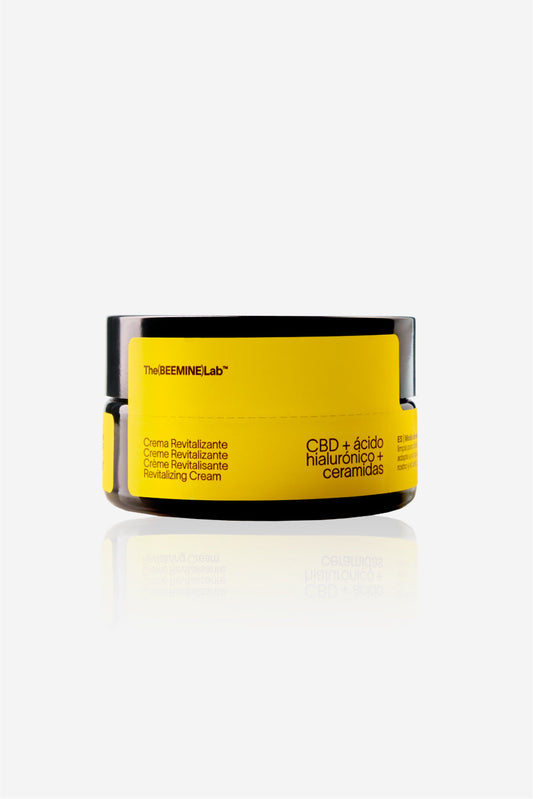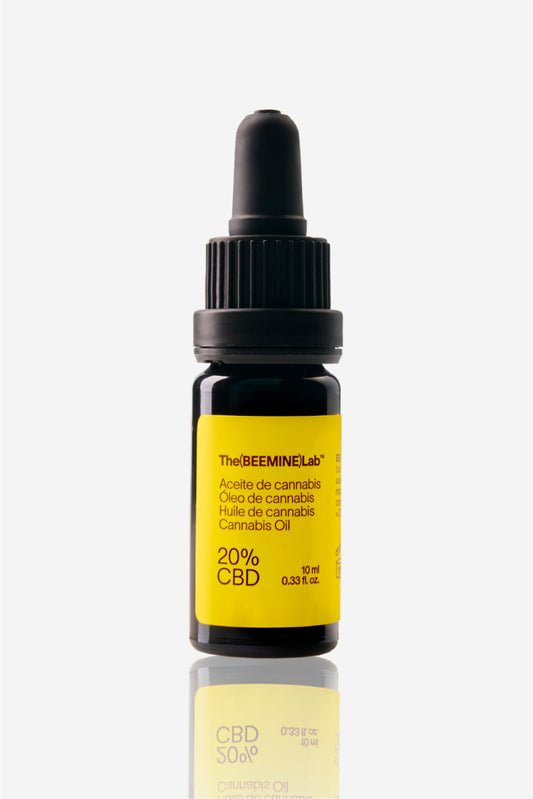 Women in the world of cannabis.
Women in the world of cannabis.
Women and cannabis have coexisted for thousands of years . The use of the benefits and medicinal properties of this plant spans throughout history in both the East and the West, being part of the tradition of many cultures.
The first references we know about the use of cannabis in medicinal settings date back more than 3 thousand years .
- There are references that in the 7th century BC, midwives used cannabis to relieve the pains of childbirth .
- In Egypt, there is evidence that women used cannabis to relieve various ailments and discomforts between 3000 and 1500 BC. This use was through ingestion of the plant, but topical use was also widespread, as well as smoking and even mixing it with honey.
1. Queen Victoria.
The queen who used cannabis to relieve menstrual pain.
Queen Victoria of England herself used cannabis to relieve menstrual pain and cramps . This is because her doctor, Sir J. Russel, closely followed the work of William H. O'shaunnessy. Thanks to Dr. O'shaunnessy, cannabis was distributed in pharmacies throughout the United Kingdom in the 19th century. Another interesting fact is that around the same time, the Journal of the American Medicine Association (JAMA) recommended the use of cannabis for migraines caused by premenstrual syndrome .
But these were different times, the turn of the century became a nightmare for people who had been using cannabis all their lives. During the 1930s , a campaign of prohibition and criminalisation of the production, consumption and distribution of cannabis began, led by the policies of Harry J. Anslinger . This public official had claimed before 1930 that cannabis was not a problem , that it did not harm people and that it was an “absurd fallacy” to think that it could make people more violent. However, his idea about cannabis changed completely when, in 1930, the prohibition on alcohol ended and the Prohibition Department in which he worked became obsolete.2. Billie Holiday.
The first victim of the war on cannabis.
The legendary music icon Billie Holiday became the first victim of the war on cannabis . Her mother, Sarah Julia Fagan, worked in a brothel in New York and that environment completely conditioned her childhood.
At the age of 10, she was raped and accused of being responsible . The consequences of this incident were only suffered by Billie. She was taken to a reformatory where she was punished and humiliated by the nuns who ran the facility. Once again, her status as a victim was called into question. After a year, she moved to New York, where she began working at the brothel where her mother worked.
She later began using drugs to dull her pain , becoming addicted to alcohol and heroin. Drugs became a way for her to escape her traumatic childhood. Later, the brothel where Billie worked was dismantled by the police and her whole life changed, she began to sing.
In 1938, Bernie Josephson opened the Café Society club , the first jazz nightclub in history where racialized people were admitted .
There Billie Holiday's career as an artist began to grow . She rubbed shoulders with musicians such as Ella Fitzgerald, Nat King Cole, John Coltrane or Miles Davis, who were openly consumers of Cannabis and Billie began to consume it. In 1939 she sang Strange Fruit , a protest song that spoke of white supremacy and its victims . Billie Holiday had a powerful enemy , the director of the Department of Prohibition, Harry J. Anslinger.
 Anslinger devoted the rest of his life to ruining Billie's career . He frequently sent his patrol cars and officers to chase her down and falsely accuse her of possession of illegal substances. She was also threatened and harassed to stop singing her protest songs. Holiday tried to get clean on multiple occasions, but when she made progress, Anslinger's officers would arrange for her to obtain heroin.
Anslinger devoted the rest of his life to ruining Billie's career . He frequently sent his patrol cars and officers to chase her down and falsely accuse her of possession of illegal substances. She was also threatened and harassed to stop singing her protest songs. Holiday tried to get clean on multiple occasions, but when she made progress, Anslinger's officers would arrange for her to obtain heroin.
After several years of persecution, she was admitted and began treatment with morphine to alleviate the symptoms of her addiction. On the tenth day of her admission, Anslinger's policies prevented Billie from continuing her treatment and she died at the age of 44 from cirrhosis of the liver.
3. Alice B. Toklas.
The writer who offered hashish with chocolate to all the artists of the 20th century
Meanwhile in Europe , the writer, Alice B. Tocklas, together with her partner, Gertrude Stein, organized the best meetings with the artists of the time.
Artists such as Picasso, Ezra Pound, The Fitzgeralds, Hemingway and  Dalí attended these meetings where Alice offered her guests her famous Hash Fudge , a recipe for chocolate with hashish that ended up becoming the famous recipe for Brownie with Cannabis.
Dalí attended these meetings where Alice offered her guests her famous Hash Fudge , a recipe for chocolate with hashish that ended up becoming the famous recipe for Brownie with Cannabis.
“In Morocco it is said to be good for preventing the common cold in damp winter weather, and is in fact most effective if taken with large quantities of hot mint tea. It causes euphoria and brilliant storms of laughter ; daydreams and ecstatic extensions of the personality on several planes simultaneously are to be expected.” Alice comments on the Hash Fudge recipe in her Cook Book .
4. Maya Angelou.
The writer who found peace and creativity in cannabis.
Author and civil rights activist Maya Angelou used cannabis throughout her life to overcome childhood trauma . Her testimony tells how cannabis helped her overcome her trauma, meet people, find her way and make her voice heard.
In her memoirs she says: “I learned new perspectives and developed new dreams. A natural rigidity melted into a smiling tolerance. Walking the streets became a great adventure. Eating my mother’s huge dinners and opulent entertainment and playing with my son brought the laughter that makes your ribs ache . For the first time, my life felt complete .” Gather Together In My Name (1974)
5. Mary Jane Rathbun, Brownie Mary.
The woman who cured Saint Francis with her cannabis brownies.
 Known as Brownie Mary, this San Francisco woman became an activist icon in San Francisco during the 1970s. Mary Jane was a lifelong activist. In the 1940s , she demonstrated for student rights and women's reproductive rights . Before World War II, she moved to San Francisco where she had her daughter, whom she raised and cared for as a single mother on her waitressing salary.
Known as Brownie Mary, this San Francisco woman became an activist icon in San Francisco during the 1970s. Mary Jane was a lifelong activist. In the 1940s , she demonstrated for student rights and women's reproductive rights . Before World War II, she moved to San Francisco where she had her daughter, whom she raised and cared for as a single mother on her waitressing salary.
During the 1970s , he met the people who would become the pioneers of the legalization of medicinal cannabis in California : Denis Peron and John Entwistle. He began making his cannabis-infused brownies for his community and a few clients.
In the early 80s she was arrested twice and ended up doing community service at the NGO Shanti Project . There she became passionate about helping people with HIV. She continued her career as a waitress but began volunteering for AIDS patients at San Francisco Hospital , alleviating the pain of the patients with her Cannabis Brownies . And nothing could stop her vocation.
Her advocacy of the medicinal benefits of cannabis led her to testify before the San Francisco Board of Supervisors, and at the end of the meeting they proclaimed August 25th as Brownie Mary Day. Her work was recognized and she gained the favor of the entire city and the police never bothered her again. In 1996, three years after her death, medicinal cannabis was legalized in the state of California.
These women used cannabis fearlessly , in a completely open way, and changed not only their lives, but also the lives of those around them, either through their use of cannabis or through their work. Their story inspires us and their use of cannabis has changed the way we understand this plant today. This week of International Women's Day, we want to thank these women for their memory of the benefits of cannabis, their fight for women's freedom, civil rights, caring for our communities, and the legalization of cannabis. Only by breaking down prejudices and stigmas will we achieve an equal reality . Edited by: Claudia Nicolas Sources: A History of Weed Control in the United States and Canada , F.L. Timmons , 1970 Tokin' Women: A 4,000 Year Herstory . Nola Evangelista, 2015 Women and cannabis: Medicine, Science and sociology by Ethan Russo, Melanie, 2002. Great moments in Weed History Apple Podcast, Spotify, 2019.- Alice B. Toklas Episode: A Lesbian Power Couple Invented Weed Brownie.
- Brownie Mary Baked THC-Infused Treats for AIDS Patients and Told the Cops to F*ck Off
- Maya Angelou Smokes Some "Grifa"











